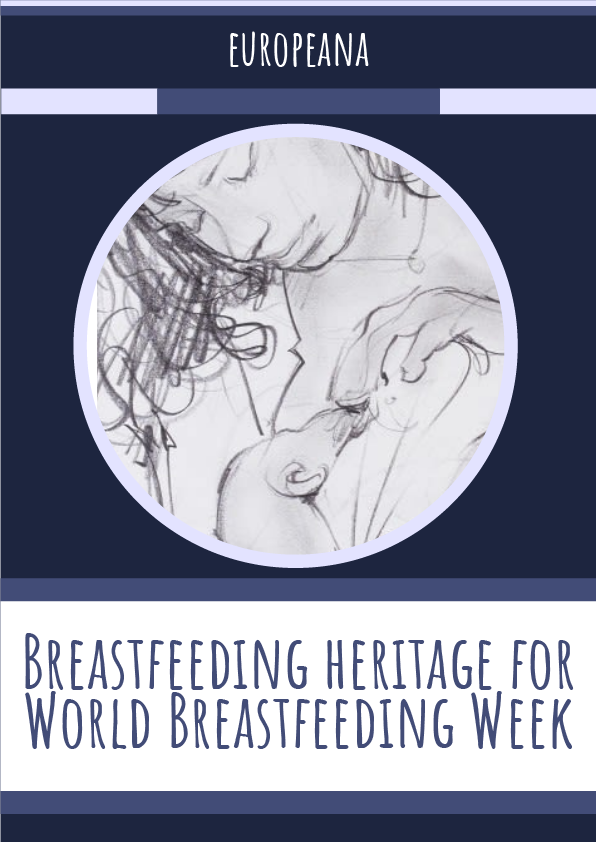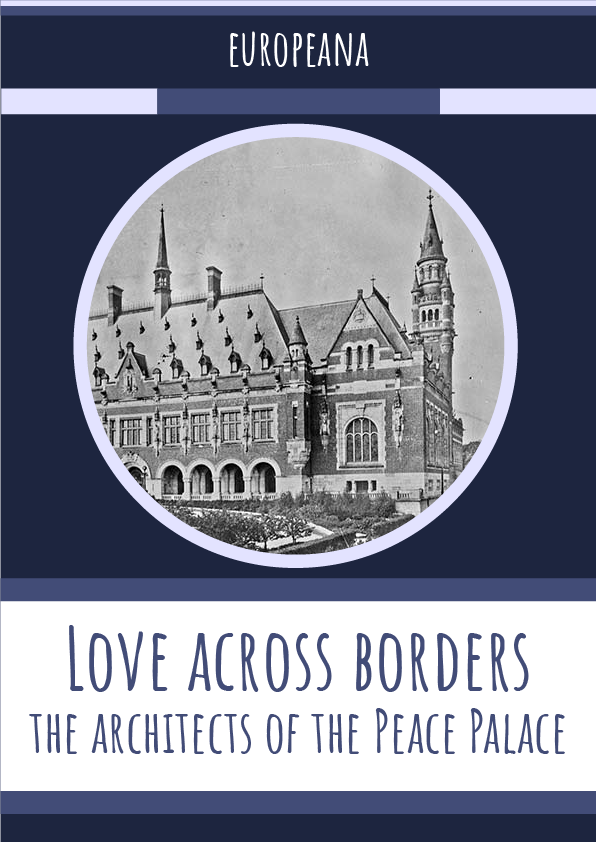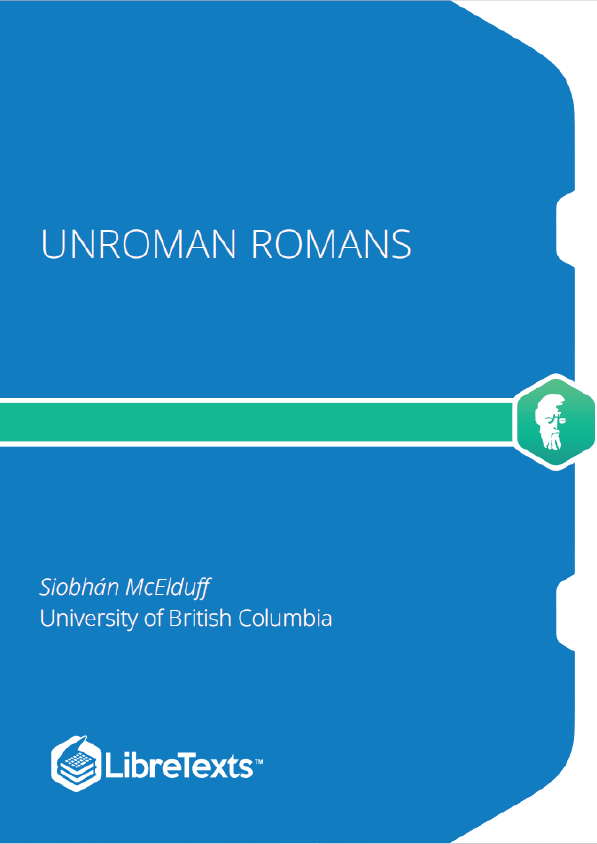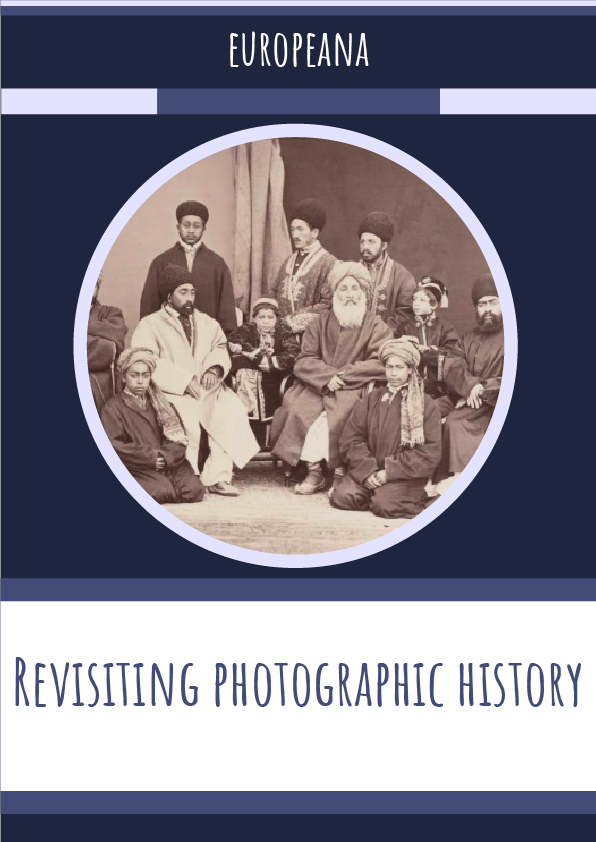This chapter explores the origins of Western standards of beauty and the related connotations of the colors black and white, particularly interrogating how the color black came to be associated with ugliness and the color white became associated with beauty. These associations have come from such disparate areas as Classical art, Biblical interpretation, historical accounts, fashion trends, and popular culture. This chapter reexamines why the relationship between African Americans and White Americans has historically been so complicated and volatile. It also analyzes the history of discrimination against people of African descent and why, based on biblical interpretations, devout Christians, Muslims, Jews, and other religious populations have supported African slavery. Religion has always played a prominent role in the evolution and the development of ideas, attitudes, and behaviors of humankind, including social constructions of color. According to Nina G. Jablonski, “Associations of light with good and darkness with evil were common in classical and early Christian culture and tended to dominate perceptions of other peoples with different skin pigmentations.” In Christian theological teaching, the color white has been historically associated with innocence, purity, and virtue (God). The color black has been associated with evil, death, and darkness (the devil). This symbolic use of the colors of white and black has provided Christianity with a powerful means of identifying and recognizing good and evil. This light and dark colorism evolved over time and became associated with people as a result of the expansion of commercial interchange between countries in Europe, Asia, and Africa, “linking blackness with otherness, sin and danger… [into] an enduring theme of medieval, Western and Christian thought.”
The Romans continued to reinforce and build upon the standards of beauty established by the Greeks. During the Middle Ages, beauty standards for women were clearly defined. Hair was to be blonde and fine like thin golden strands. If one’s hair was not naturally blonde, it was to be dyed or bleached. Regarding the eyes, a woman with grey eyes was considered to be especially beautiful. In the fifteenth century, during the Italian Renaissance, concepts of beauty standards evolved into new levels of expression. During this period of artistic innovation, standards of beauty for women and men became universally imprinted in minds throughout the known world. Important vehicles for spreading this new level of beauty criteria were the explosion of paintings and sculptures by the classic Renaissance artists such as Madonna of the Meadows by Raphael (1481), The Last Supper by Leonardo Da Vinci (1495-98), and Birth of Venus by Sandro Botticelli (1482). The above painting, The Birth of Venus by Botticelli, is an example of a Renaissance illustration of the female standard of facial beauty. As these paintings reveal, “Beauty is no quality in things themselves: It exists merely in the mind which contemplates them; and each mind perceives a different beauty.”
The works of the Renaissance masters established standards of beauty for the centuries that followed. Artistic standards of beauty that related to Black and White colorism, was not only applied to human characters, but also to artistic representations of Christ. Scholars have described how many of those early Western painters intentionally began a “whitening or bleaching” process in their artistic renderings of Christ. This effort gradually changed painted images of Christ in the Western world from a Semitic to an Aryan man. It was important that images and representations of the Son of God not be depicted as exuding Blackness or darkness. This gradual “Aryanization of Christ” was consistent with the evolving respective negative and positive associations with the colors of black and white.











